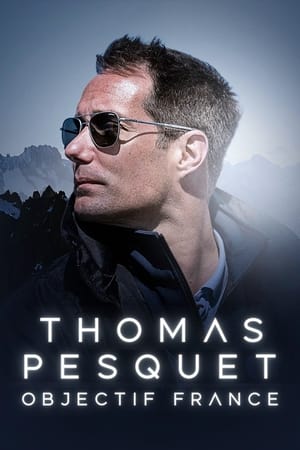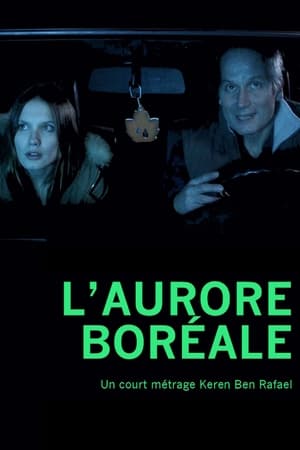

The Northern Lights(NaN)
A look at the northern lights (aurora borealis) from aboriginal beliefs to scientific theories.

Movie: The Northern Lights
Top 2 Billed Cast
Story Narration (voice) (as Lydia Slabyj)

The Northern Lights
HomePage
Overview
A look at the northern lights (aurora borealis) from aboriginal beliefs to scientific theories.
Release Date
Average
0
Rating:
0.0 startsTagline
Genres
Languages:
EnglishKeywords
Similar Movies
 7.5
7.5Under an Arctic Sky(en)
Six fearless surfers travel to the north coast of Iceland to ride waves unlike anything they've ever experienced, captured with high-tech cameras.
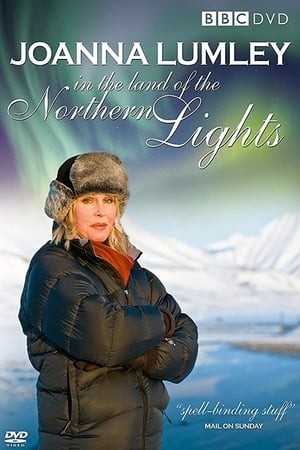 8.4
8.4Joanna Lumley in the Land of the Northern Lights(en)
Comedy icon Joanna Lumley pursues a life-long dream to track down the elusive and beautiful Northern Lights. She travels North across the Arctic Circle, up through Norway and finally to Svalbard, the most northerly permanently inhabited place on Earth, where she has to cope with temperatures approaching minus 30° C. Joanna’s journey takes her from train to boat and huskysled to snowmobile as she is pulled ever northwards and finally, in a breathtaking climax to the film, Joanna gets to see with her own eyes the spectacular beauty of the Northern Lights. As seen on ABC1.
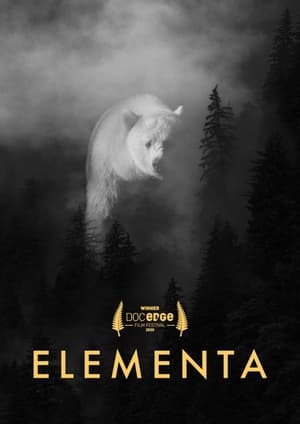 6.5
6.5Elementa(en)
A black-and-white visual meditation of wilderness and the elements. Wildlife filmmaker Richard Sidey returns to the triptych format for a cinematic experience like no other.
 0.0
0.0Northern Lights: A Magic Experience(en)
The aurora borealis is a natural moving multicolour light display observed in the high northern latitude. This natural phenomenon is a source of imagination and awe that drives exploration of the world around us. Dr. Brekke shared the science behind the aurora borealis as a visual manifestation on the sun-Earth connection. And how this also can affect our technology based society. He talked about the production of the documentary.
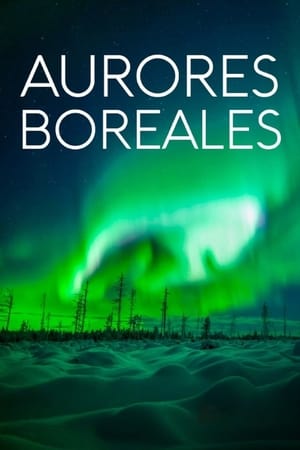 7.7
7.7Revontulien armoilla(fi)
In this documentary, scientists reveal their findings on the influence of solar storms on animal behavior and human transport infrastructure. The documentary explains why solar storms pose a threat to humanity: In extreme cases, they can damage satellites, slow down air traffic and paralyze high-voltage and telecommunications networks.
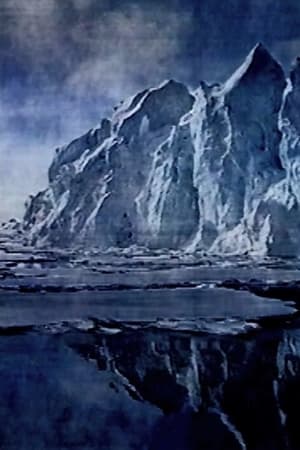 0.0
0.0Arktis - Zwischen Licht und Dunkel(de)
Arktis is a poetic approach to the bizarre landscape of ice, rock, and water; a journey to the arctic ocean and surroundings, with images and sounds. Seventy one-second scenes of the arctic serve as the original material, which is then transformed in its texture, time lapse, color and light qualities to create a material reminiscent of landscape painting. The sound collage uses fragments from sounds of nature and samples from a piece of music for violin and song, which are also transformed in a manner similar to that of the visual pictures. (Jürgen Reble)
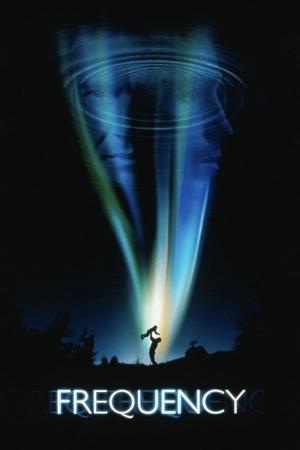 7.3
7.3Frequency(en)
When a rare phenomenon gives police officer John Sullivan the chance to speak to his father, 30 years in the past, he takes the opportunity to prevent his dad's tragic death. After his actions inadvertently give rise to a series of brutal murders he and his father must find a way to fix the consequences of altering time.
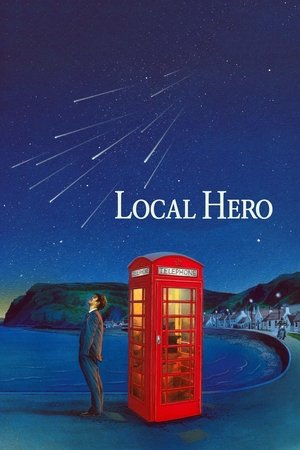 6.7
6.7Local Hero(en)
An American oil company sends a man to Scotland to buy up an entire village where they want to build a refinery. But things don't go as expected.
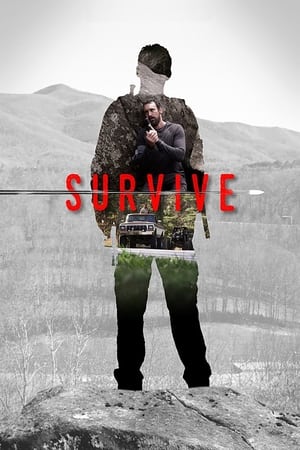 4.5
4.5Survive(en)
In a near-future post apocalyptic world, a father must cross a dangerous landscape to reunite with his wife and daughter.
 7.0
7.0Snow Flower(ja)
A terminally ill girl, who dreams of going to Finland to see the northern lights, falls in love
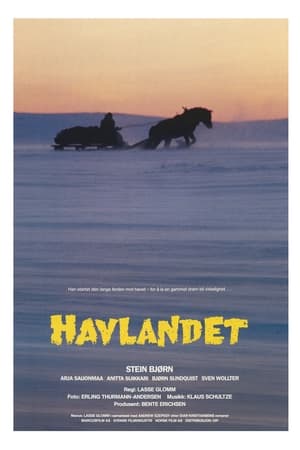 0.0
0.0Havlandet(no)
This is a tale that has an epic scope in scenery "the northern snow-covered lands of coastal Norway" and is dramatized by moments of tumultuous stormy weather. But the focus is on Heikki (Stein Bjorn) a young man who is inspired by the northern lights to take a horse-drawn sled and make his way to the sea, hoping to come back with abundant fish. He is overtaken by a snowstorm and is forced to find shelter in a small, isolated cabin that is home to a half-crazy widow, her baby, and a blind man. Driven to arson by her internal demons, the woman destroys the cabin. She and the blind man perish, but Heikki manages to save the baby. He is now faced with an even greater challenge as he holds the infant and looks in the direction of the coastline.
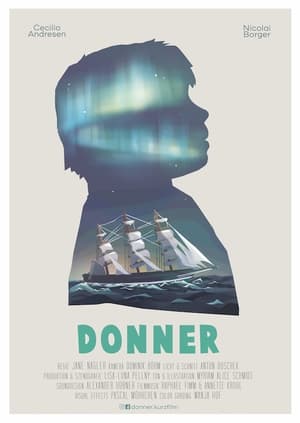 10.0
10.0DONNER(de)
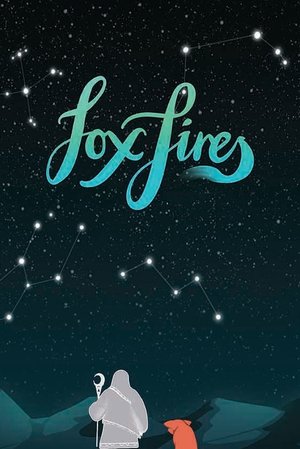 9.0
9.0Fox Fires(en)
The moon comes down to Earth and asks animals help to light up the sky. A fox pursues her purpose in this tale of folklore. Graduation film from Duncan of Jordanstone College of Art & Design, Dundee. Inspired by the Finnish folk tale of the aurora borealis.
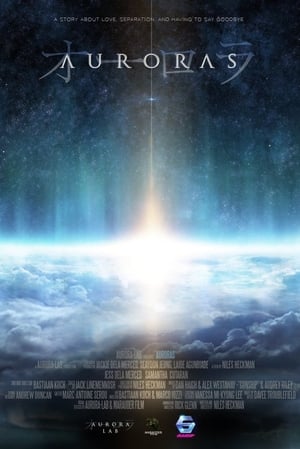 6.0
6.0Auroras(en)
Constantly orbiting at 400 km (250 mi) above the earth, the ISS is perfectly situated to witness the beautiful streamers of green and red light emanating from the collision of highly charged solar wind particles with oxygen and nitrogen atoms in the earth's atmosphere. Centered about the northern (Aurora Borealis) and southern (Aurora Australis) poles the Auroras move in an almost hypnotic dance below the space station.
National Geographic: Lion Warriors(en)
On the Great Plains below Mount Kilimanjaro in Kenya, lions are attacking Maasai cattle, as they have for hundreds of years. And the proud Maasai warriors have hunted them ruthlessly in return so that now only about 2,000 remain in the country. If their numbers drop any lower, their populations will not be sustainable. Now the Maasai elders and chiefs are recognizing that the threat to their lions is also a threat to their way of life, and have forbidden the warriors from hunting them. Wildlife filmmaker Kire Godal, with the support of executive producers Dereck and Beverly Joubert, captures firsthand the struggle of these modern-day warriors who are reinventing their traditions to help save the lions they once prided themselves on killing.
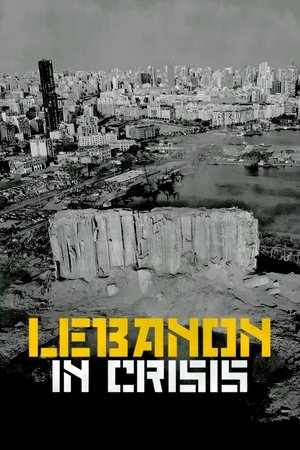 5.7
5.7Lebanon in Crisis(fr)
The apocalyptic blast in the Port of Beirut, Lebanon, on August 4, 2020, exacerbates anger at those in power: protests cross religious boundaries as the Lebanese people curse corruption, nepotism, gross economic mismanagement and squandering of resources. How did the Land of Cedars, a country with so much to offer, allow itself to get into such a dire situation? And will it be able to bounce back?
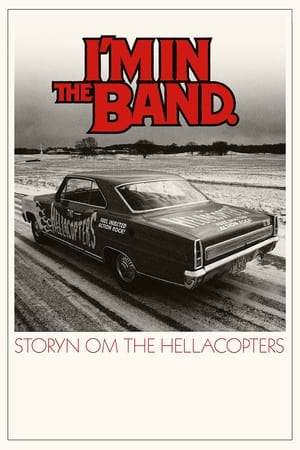 7.5
7.5I'm in the Band(sv)
Follow a journey from the early 90's in Stockholm when a bunch of musicians led by Nicke Andersson decide to start what became the rock band that inspired a whole generation of music lovers around the world, praised by their fans and worshiped of their idols. In a series of personal portraits, we follow the band's ups and downs for 25 years.

